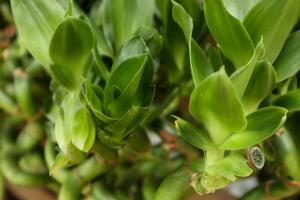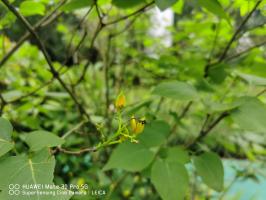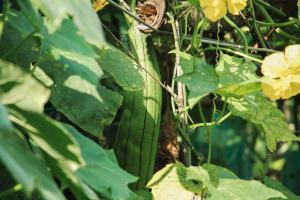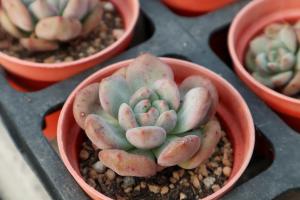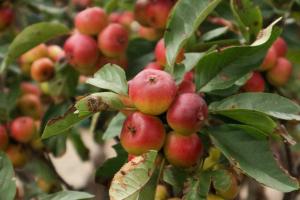How Much Water Do Native Plants Save?
The use of native plants is becoming increasingly popular in landscaping, both for their aesthetic appeal and for their ability to conserve water. In fact, native plants have been shown to save a significant amount of water when compared to conventional landscaping practices. So, just how much water can they save? Let's take a closer look.
The Water-saving Benefits of Native Plants
Native plants are adapted to the local environment and can thrive without additional watering once they are established. This means that they require less irrigation than non-native plants, which often need additional watering to survive. In addition, native plants have deep root systems that can access water deep in the soil, which means they are better equipped to withstand periods of drought.
Water Savings Compared to Conventional Landscaping
The amount of water saved when using native plants varies depending on the location and the specific plants used. However, studies have shown that native landscaping can reduce water usage by up to 75% compared to conventional landscaping practices. This is due in part to the fact that non-native plants often require more intensive watering and chemical treatments to keep them healthy.
Other Environmental Benefits
Native plants offer numerous additional environmental benefits beyond their water-saving capabilities. They provide important habitat and food sources for local wildlife, including birds, butterflies, and bees. They also help to reduce erosion, improve soil health, and promote biodiversity. In addition, native plants require fewer chemical treatments than non-native plants, which can improve the overall health of the soil and surrounding ecosystem.
The Economic Benefits of Native Plants
In addition to their environmental benefits, native plants also offer economic benefits for homeowners and businesses. Because they require less water and maintenance, native plant gardens can save money on utility bills and reduce the need for landscaping services. In addition, native plants can increase property values and provide aesthetic appeal that can attract customers to businesses.
In Conclusion
Native plants offer numerous benefits for the environment, the economy, and homeowners. Their ability to conserve water is just one of the many reasons why they have become such a popular choice for landscaping. So, if you are looking for a way to reduce your water usage and support the local ecosystem, consider adding native plants to your garden or landscaping project.

 how many times do yo...
how many times do yo... how many planted tre...
how many planted tre... how many pine trees ...
how many pine trees ... how many pecan trees...
how many pecan trees... how many plants comp...
how many plants comp... how many plants can ...
how many plants can ... how many plants and ...
how many plants and ... how many pepper plan...
how many pepper plan...